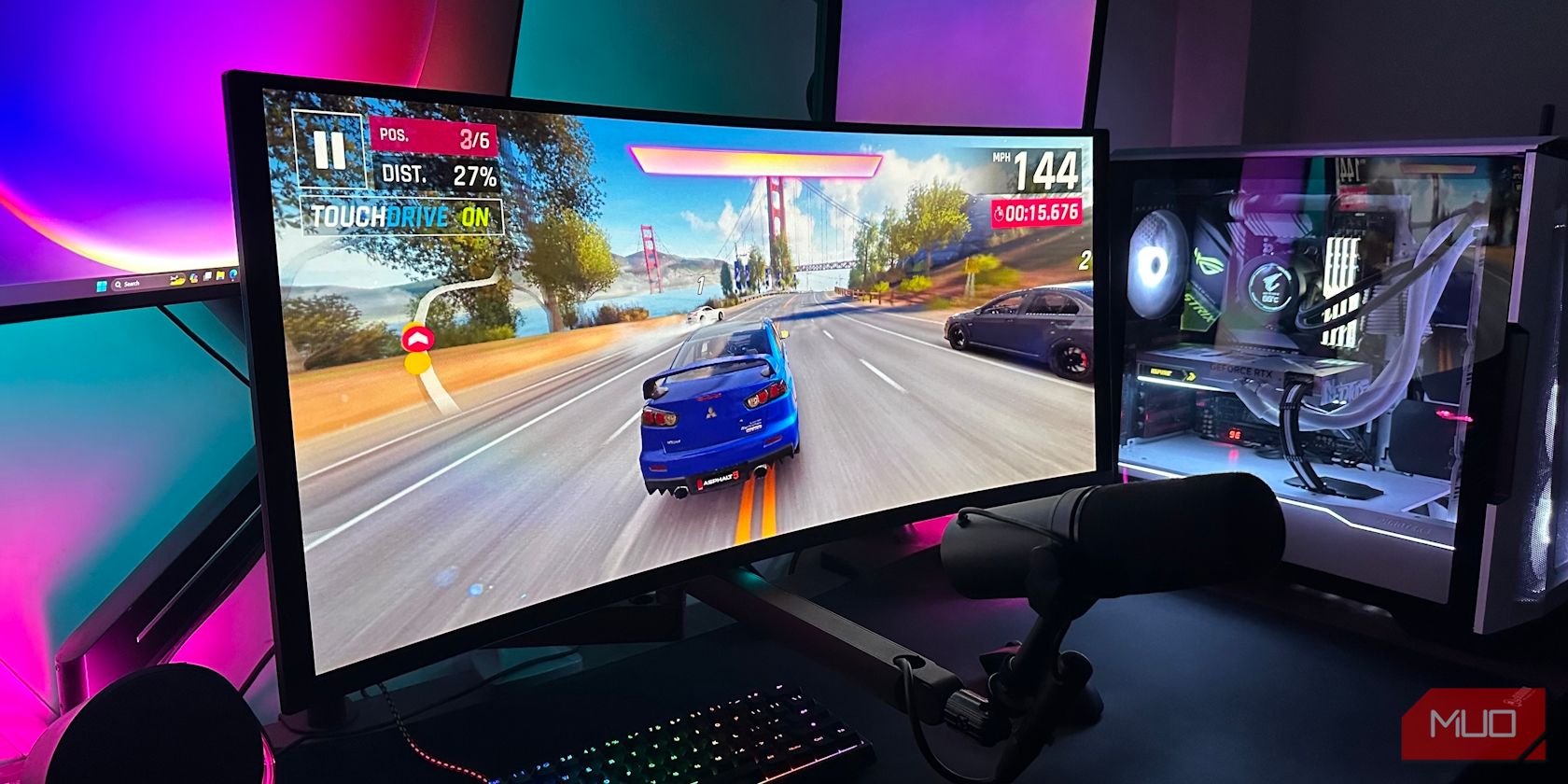circuit board assembly services
Pick-and-place machines stand as indispensable workhorses within the realm of circuit board assembly services, revolutionizing the efficiency and precision of electronic component placement onto printed circuit boards (PCBs). These sophisticated machines automate the intricate process of picking up electronic components from reels or trays and accurately placing them onto designated positions on the PCBs. Their role is paramount in ensuring the rapid and reliable assembly of complex electronic devices across various industries.
At the heart of pick-and-place machines lies a combination of advanced robotics, computer vision systems, and precision control mechanisms. These machines are equipped with multiple placement heads capable of handling a wide range of component types, sizes, and packaging formats. From tiny surface-mount resistors and capacitors to larger integrated circuits (ICs) and connectors, pick-and-place machines offer unparalleled versatility in component handling.
The operation of pick-and-place machines begins with the programming of component placement coordinates and parameters using specialized software. Design files, such as Gerber files or CAD designs, serve as blueprints for guiding the placement heads to the exact locations on the PCB where each component is to be mounted. Advanced algorithms optimize component placement sequences to minimize assembly time and maximize throughput.

How does circuit board assembly services differ from circuit board manufacturing?
One of the key advantages of pick-and-place circuit board assembly services machines is their ability to achieve high-speed and high-accuracy component placement. These machines can place thousands of components per hour with micron-level precision, ensuring consistent solder joint quality and assembly reliability. Such speed and precision are essential for meeting the demands of modern electronics manufacturing, where production volumes are often high, and product lifecycles are rapidly evolving.
Furthermore, pick-and-place machines play a crucial role in enabling miniaturization and densification of electronic assemblies. With the trend toward smaller and more compact electronic devices, the demand for precise component placement in confined spaces has never been greater. Pick-and-place machines excel in handling miniature components and achieving tight component-to-component spacing, thereby facilitating the realization of compact and feature-rich electronic products.
The flexibility of pick-and-place machines extends beyond standard component placement to include advanced functionalities such as vision-based inspection and component verification. Integrated vision systems with cameras and image processing algorithms enable real-time inspection of components, identifying defects or inconsistencies before placement. This ensures the quality and integrity of the assembly process, reducing the likelihood of costly rework or product failures.
In addition to their primary role in component placement, pick-and-place machines contribute to the overall efficiency and cost-effectiveness of circuit board assembly services. By automating repetitive and labor-intensive tasks, these machines streamline the production process, minimize human error, and enhance productivity. This translates into shorter lead times, lower manufacturing costs, and increased competitiveness for electronics manufacturers in today’s fast-paced market landscape.
Moreover, pick-and-place machines facilitate rapid changeovers and setup flexibility, allowing manufacturers to accommodate diverse product configurations and production requirements with ease. Quick reconfiguration of placement heads, feeder setups, and programming parameters enables efficient transition between different PCB designs and assembly projects, maximizing equipment utilization and overall operational efficiency.
In conclusion, pick-and-place machines are indispensable assets in circuit board assembly services, driving efficiency, precision, and productivity in electronic manufacturing. From their ability to handle a wide range of component types and sizes to their role in enabling miniaturization and densification of electronic assemblies, these machines are instrumental in meeting the evolving demands of the electronics industry. As technology continues to advance, pick-and-place machines will remain at the forefront of innovation, empowering manufacturers to deliver high-quality electronic products that shape our interconnected world.




